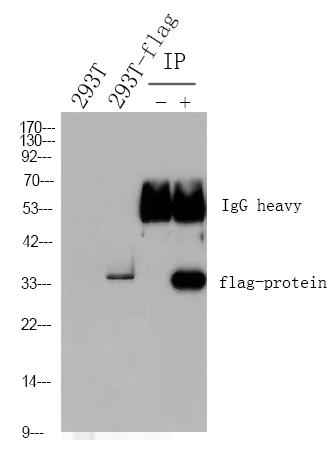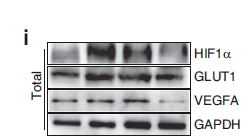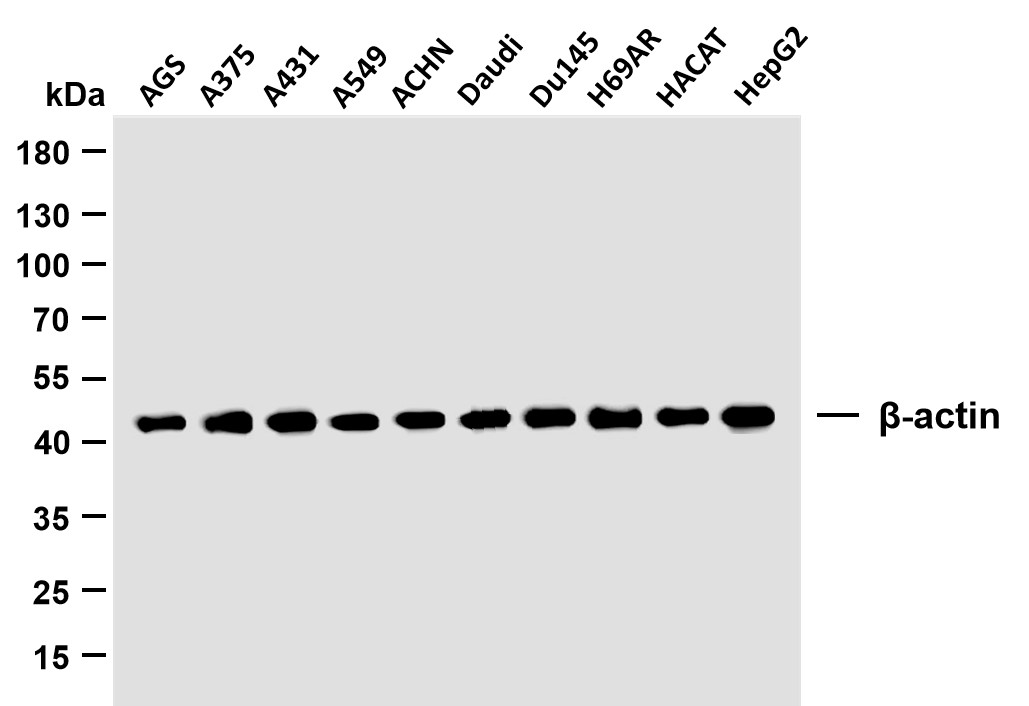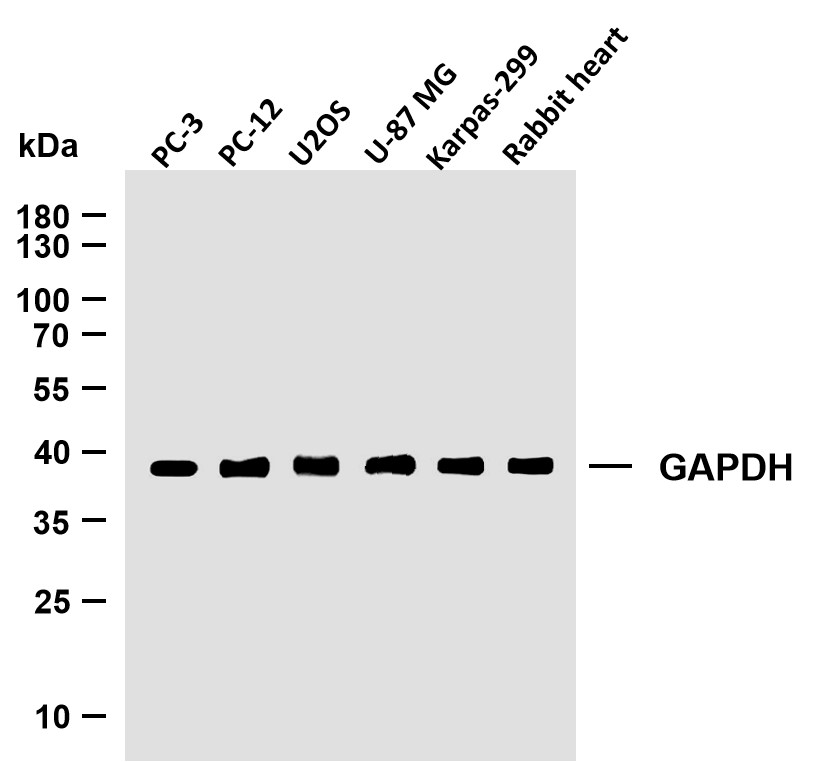
Catalog: YT5648
Size
Price
Status
Qty.
200μL
$450.00
In stock
0
100μL
$280.00
In stock
0
40μL
$150.00
In stock
0
Add to cart


Collected


Collect
Main Information
Target
Neuregulin-3
Host Species
Rabbit
Reactivity
Human, Mouse
Applications
WB, IHC, IF, ELISA
MW
80kD (Observed)
Conjugate/Modification
Unmodified
Detailed Information
Recommended Dilution Ratio
WB 1:500-1:2000; IHC: 1:100-1:300; ELISA 1:10000; IF 1:50-200
Formulation
Liquid in PBS containing 50% glycerol, 0.5% BSA and 0.02% sodium azide.
Specificity
Neuregulin-3 Polyclonal Antibody detects endogenous levels of Neuregulin-3 protein.
Purification
The antibody was affinity-purified from rabbit antiserum by affinity-chromatography using epitope-specific immunogen.
Storage
-15°C to -25°C/1 year(Do not lower than -25°C)
Concentration
1 mg/ml
MW(Observed)
80kD
Modification
Unmodified
Clonality
Polyclonal
Isotype
IgG
Related Products
Antigen&Target Information
Immunogen:
The antiserum was produced against synthesized peptide derived from the Internal region of human NRG3. AA range:311-360
show all
Specificity:
Neuregulin-3 Polyclonal Antibody detects endogenous levels of Neuregulin-3 protein.
show all
Gene Name:
NRG3
show all
Protein Name:
Pro-neuregulin-3 membrane-bound isoform
show all
Other Name:
NRG3 ;
Pro-neuregulin-3, membrane-bound isoform ;
Pro-NRG3
Pro-neuregulin-3, membrane-bound isoform ;
Pro-NRG3
show all
Background:
This gene is a member of the neuregulin gene family. This gene family encodes ligands for the transmembrane tyrosine kinase receptors ERBB3 and ERBB4 - members of the epidermal growth factor receptor family. Ligand binding activates intracellular signaling cascades and the induction of cellular responses including proliferation, migration, differentiation, and survival or apoptosis. This gene encodes neuregulin 3 (NRG3). NRG3 has been shown to activate the tyrosine phosphorylation of its cognate receptor, ERBB4, and is thought to influence neuroblast proliferation, migration and differentiation by signalling through ERBB4. NRG3 also promotes mammary differentiation during embryogenesis. Linkage studies have implicated this gene as a susceptibility locus for schizophrenia and schizoaffective disorder. Alternative splicing results in multiple transcript variants encoding distinct isoforms. Additional transcri
show all
Function:
developmental stage:Isoform 3 is expressed in fetal brain but not in other fetal tissues.,Domain:ERBB receptor binding is elicited entirely by the EGF-like domain.,Domain:The cytoplasmic domain may be involved in the regulation of trafficking and proteolytic processing. Regulation of the proteolytic processing involves initial intracellular domain dimerization.,Function:Direct ligand for the ERBB4 tyrosine kinase receptor. Binding results in ligand-stimulated tyrosine phosphorylation and activation of the receptor. Does not bind to the EGF receptor, ERBB2 or ERBB3 receptors. May be a survival factor for oligodendrocytes.,PTM:Extensive glycosylation precedes the proteolytic cleavage (By similarity). Isoform 3 is glycosylated.,PTM:Proteolytic cleavage close to the plasma membrane on the external face leads to the release of the soluble growth factor form.,similarity:Belongs to the neuregulin family.,similarity:Contains 1 EGF-like domain.,subcellular location:Does not seem to be active.,subcellular location:Isoform 3 is also proteolytically released as a soluble form.,tissue specificity:Highly expressed in most regions of the brain with the exception of corpus callosum. Expressed at lower level in testis. Not detected in heart, placenta, lung, liver, skeletal muscle, kidney, pancreas, spleen, thymus, prostate, ovary, small intestine, colon and peripheral blood leukocytes.,
show all
Cellular Localization:
[Pro-neuregulin-3, membrane-bound isoform]: Cell membrane ; Single-pass type I membrane protein . Does not seem to be active. .; [Neuregulin-3]: Secreted .; [Isoform 3]: Cell membrane; Single-pass type I membrane protein. Isoform 3 is also proteolytically released as a soluble form.
show all
Tissue Expression:
Highly expressed in most regions of the brain with the exception of corpus callosum. Expressed at lower level in testis. Not detected in heart, placenta, lung, liver, skeletal muscle, kidney, pancreas, spleen, thymus, prostate, ovary, small intestine, colon and peripheral blood leukocytes.
show all
Research Areas:
>>ErbB signaling pathway ;
>>Amyotrophic lateral sclerosis
>>Amyotrophic lateral sclerosis
show all
Signaling Pathway
Reference Citation({{totalcount}})
Catalog: YT5648
Size
Price
Status
Qty.
200μL
$450.00
In stock
0
100μL
$280.00
In stock
0
40μL
$150.00
In stock
0
Add to cart


Collected


Collect
Recently Viewed Products
Clear allPRODUCTS
CUSTOMIZED
ABOUT US
Toggle night Mode
{{pinfoXq.title || ''}}
Catalog: {{pinfoXq.catalog || ''}}
Filter:
All
{{item.name}}
{{pinfo.title}}
-{{pinfo.catalog}}
Main Information
Target
{{pinfo.target}}
Reactivity
{{pinfo.react}}
Applications
{{pinfo.applicat}}
Conjugate/Modification
{{pinfo.coupling}}/{{pinfo.modific}}
MW (kDa)
{{pinfo.mwcalc}}
Host Species
{{pinfo.hostspec}}
Isotype
{{pinfo.isotype}}
Product {{index}}/{{pcount}}
Prev
Next
{{pvTitle}}
Scroll wheel zooms the picture
{{pvDescr}}


















